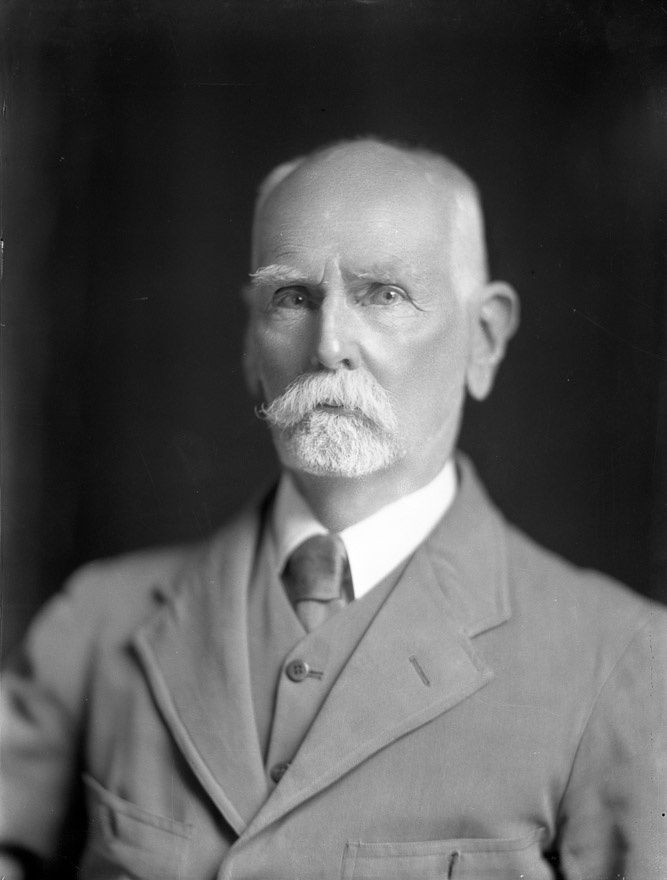
Leonard Cockayne is widely regarded as New Zealand's greatest botanist and one of its leading scientists. Born near Sheffield, England, he was a lonely child who developed a keen interest in the natural world. With some grounding in botany from preliminary medical studies, he immigrated to Australia in 1877, where he taught for several years before moving to New Zealand to teach in Otago. An inheritance allowed him to buy a small farm at Styx near Christchurch and, later, a property near New Brighton, where he established the experimental garden Tarata. He made contacts with eminent botanists both at home and abroad and soon became a recognised authority on New Zealand plants and vegetation. Cockayne obtained some official support for botanical surveys, and between 1901 and 1903 he undertook expeditions to the Chatham Islands, the West Coast of the South Island, Fiordland and the subantarctic islands. He also produced major reports on Waipoua kauri forest, Tongariro National Park and Stewart Island. His book The vegetation of New Zealand, published in 1921, was the standard reference for 70 years. Cockayne won many awards and held eminent positions in scientific and conservation organisations. He was the scientific voice behind Harry Ell's successful promotion of the cause of scenery preservation, and he helped to persuade the government to found the Department of Scientific and Industrial Research. In 1927 he was responsible for the establishment of the Otari Open Air Plant Museum at Wilton, Wellington. He and his wife are buried and commemorated there. (See also his biography on the Dictionary of New Zealand Biography website.)

Community contributions